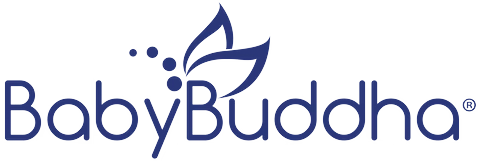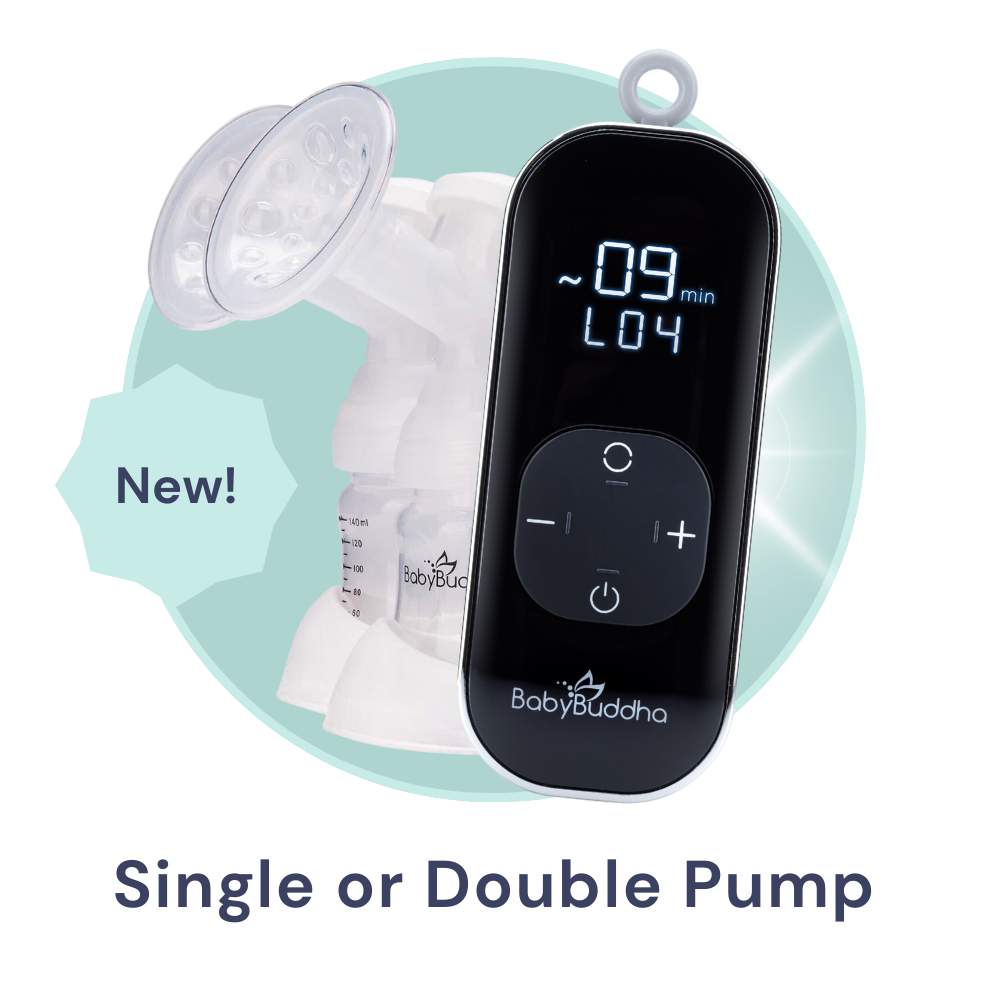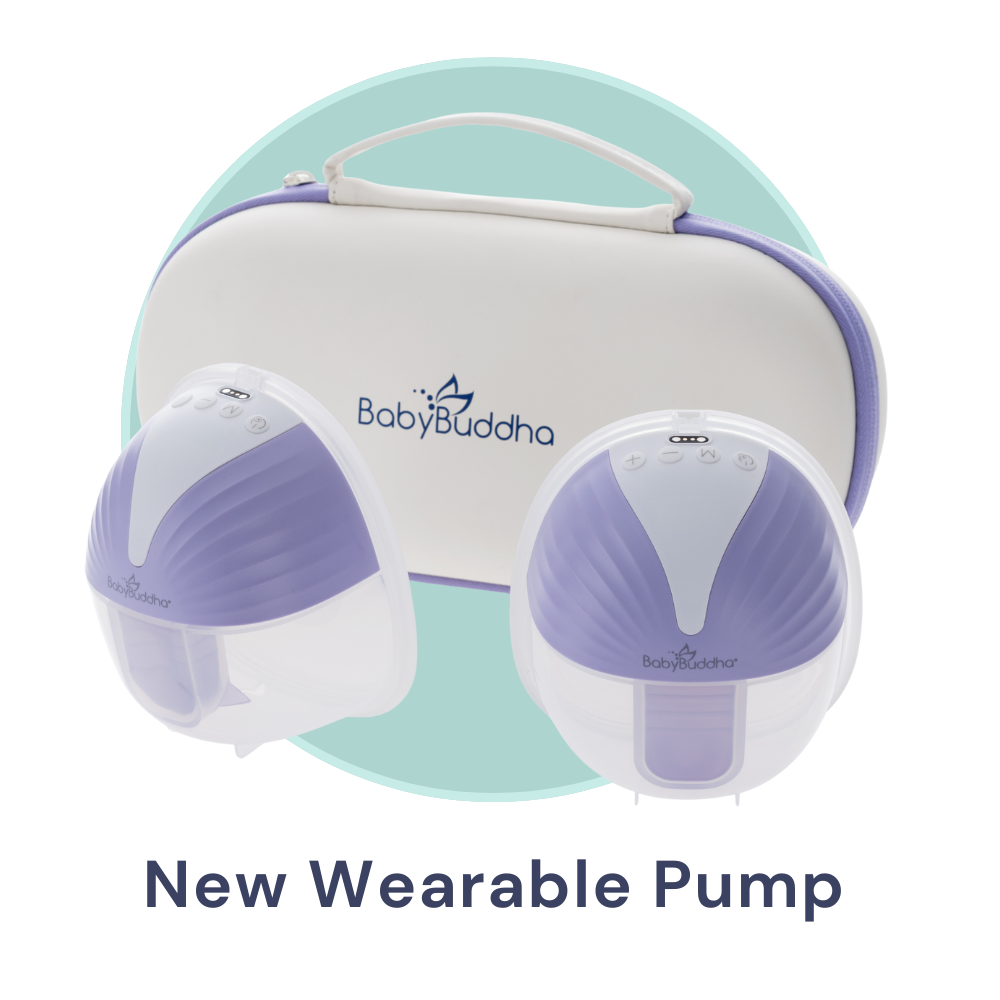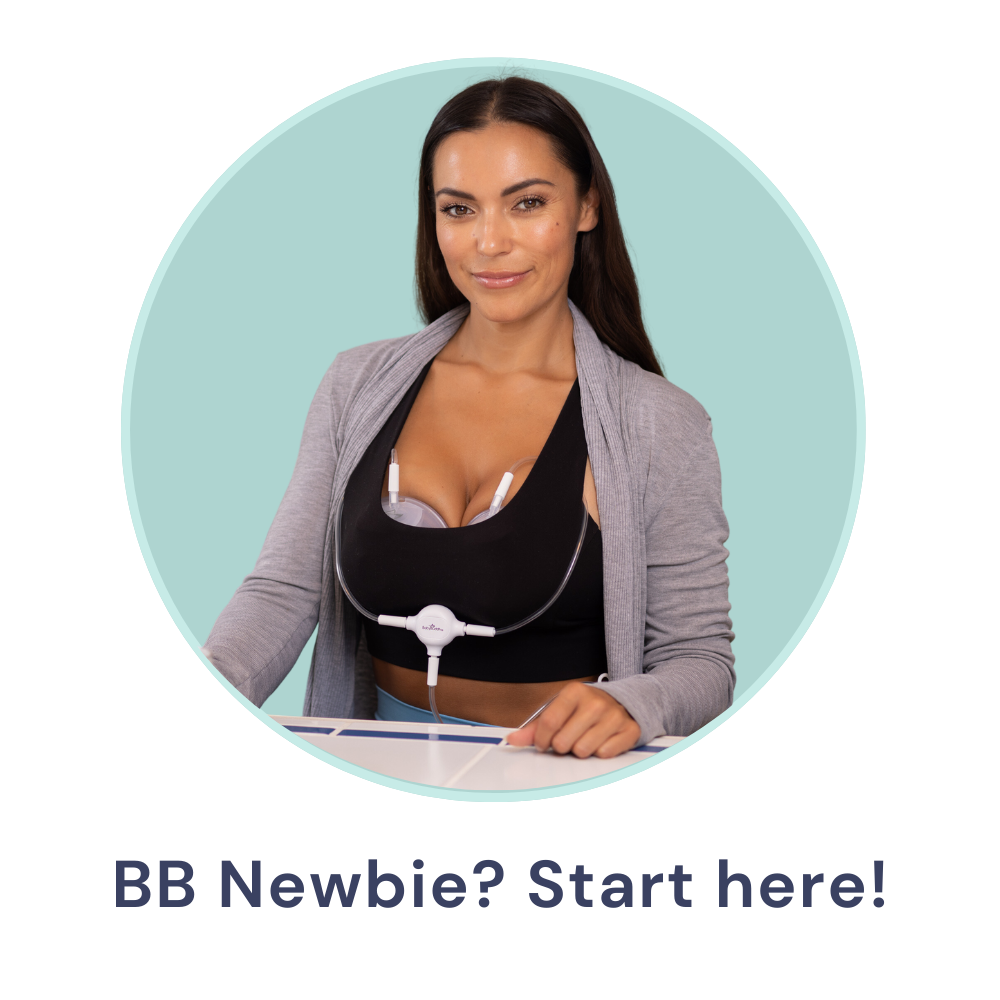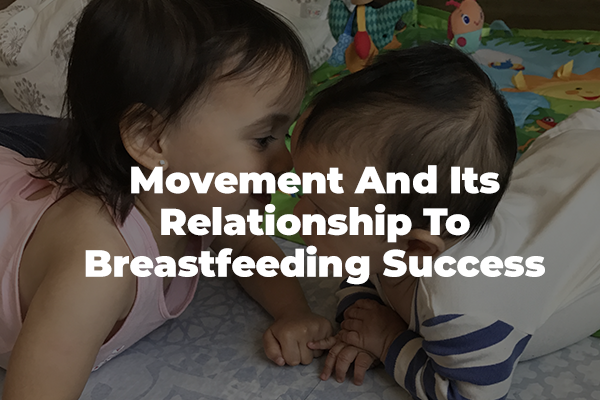What is the human coronavirus and what are its symptoms?
As many of you know or have seen, our world is being affected by a rapidly spreading virus. COVID-19 is the newest strain of coronavirus linked to the same family of viruses as Severe Acute Respiratory Syndrome (SARS). Symptoms include sore throat, runny nose, fever, cough and difficulty breathing.
One of the main questions we see coming up for breastfeeding mothers or for those breastmilk is being provided to, is can you still breastfeed/provide breastmilk if you have Human Coronavirus?
The short answer is yes! Breastmilk has live antibodies and nutrients that help protect babies from a variety of illnesses.
If you have been diagnosed with or are experiencing symptoms COVID-19, precautions should be taken to avoid spreading the virus to your baby while continuing to provide breastmilk.
What if you are feeling too sick to breastfeed, or you want to lower possible exposure to your baby?
If you are too sick to breastfeed your baby, another option is to pump or hand express milk regularly so that your baby continues to receive your breastmilk and is less likely to become sick.
Before milk removal, it is very important to wash your hands thoroughly with soap and water. If you are using a breast pump, it is important to ensure proper cleaning and sanitation routines.
Will I loose my milk supply if I have coronavirus?
Some mamas do notice a supply drop when they are sick and it may happen to those who have this virus. It is important to continue your normal breastfeeding schedule and basic self care routine, (water, adequate calorie intake, rest rest rest!)
If you are concerned about supply, please reach out to your healthcare provider or lactation professional.
If you have a partner or support individual, it may be helpful to let them know to help watch baby for signs of discontent. If you are sick it may be difficult to pick up on details and also prepare pumping equipment if you are expressing.
How can I reduce risks and practice safe breastfeeding?
- Wash your hands often and before/after breastfeeding/expressing milk using soap and water or an alcohol-based hand sanitizer.
- When you need to cough or sneeze be sure to cover your mouth and nose with a tissue or the crook of your elbow. Dispose of used tissues and wash your hands with soap after.
- Follow safe washing and sanitizing routines if you are expressing and storing breastmilk. (Shared below, reference: CDC.gov)
- Minimize exposure to crowds, practice social distancing, and stay away from anyone who is ill.
- Call your Dr if you start to experience symptoms of illness or typical to the COVID-19 virus.
The following is from the CDC.gov website in regards to proper breastpump component washing and sanitation needs:
Before Each Use
- Wash hands. Wash your hands well with soap and water for 20 seconds.
- Washing hands is the first line of defense against contamination of your breast pump kit and the breast milk itself. Washing with soap and water is preferable to the use of alcohol hand sanitizer so as not to introduce alcohol to the breast or breast milk. However, when used correctly, hand sanitizer pdf icon
[PDF – 2 pages]should not pose a risk to your breast milk and can be used if soap and water are not readily available.
- Washing hands is the first line of defense against contamination of your breast pump kit and the breast milk itself. Washing with soap and water is preferable to the use of alcohol hand sanitizer so as not to introduce alcohol to the breast or breast milk. However, when used correctly, hand sanitizer pdf icon
- Assemble clean pump kit.
- Inspect whether the pump kit or tubing has become moldy or soiled during storage. If your tubing is moldy, discard and replace immediately.
- Clean if using a shared pump. Clean pump dials, power switch, and countertop with disinfectant wipes.
- The outer surfaces of shared pumps can have unsafe bacteria that may carry into the pumped breast milk.
After Every Use
-
Store milk safely. Cap milk collection bottle or seal milk collection bag, label with date and time, and immediately place in a refrigerator, freezer, or cooler bag with ice packs.
- If milk collection container will be stored at a hospital or childcare facility, add name to the label.
- Clean pumping area. Especially if using a shared pump, clean the dials, power switch, and countertop with disinfectant wipes.
- The outer surfaces of shared pumps can have unsafe bacteria that can get into pumped breast milk.
- Take apart and inspect pump kit. Take apart breast pump tubing and separate all parts that come in contact with breast/breast milk (for example, flanges, valves, membranes, connectors, and milk collection bottles).
- Rinse pump kit. Rinse breast pump parts that come into contact with breast/breast milk under running water to remove remaining milk.
- Clean pump kit. As soon as possible after pumping, clean pump parts that come into contact with breast/breast milk in one of the following ways.
-
Clean by hand.
- Use a wash basin. Place pump parts in a clean wash basin used only for washing infant feeding equipment. Do not place pump parts directly in the sink, because germs in sinks or drains could contaminate the pump.
- Many germs can easily grow in sink drains and spread to other surfaces. Outbreaks in hospitals have been linked to germs from sink drains.
- Add soap and water. Fill wash basin with hot water and add soap.
- Scrub items according to pump kit manufacturer’s guidance. If using a brush, use a clean one that is used only for cleaning infant feeding items.
- Rinse by holding items under running water, or by submerging in fresh water in a separate basin that is used only for cleaning infant feeding items.
- Allow to air-dry thoroughly. Place pump parts, wash basin, and bottle brush on a clean, unused dish towel or paper towel in an area protected from dirt and dust. Do not use a dish towel to rub or pat items dry because doing so may transfer germs to the items.
- Research in a neonatal intensive care unit setting found Proteus spp. bacteria at the bottom of a milk bottle. The study concluded that breast pump kits should be dried thoroughly to not allow for any water to remain where bacteria can multiply.
- Use a wash basin. Place pump parts in a clean wash basin used only for washing infant feeding equipment. Do not place pump parts directly in the sink, because germs in sinks or drains could contaminate the pump.
-
Clean by hand.
-
Clean in a dishwasher (if recommended by pump kit manufacturer).
- Place disassembled pump parts in dishwasher. Be sure to place small items into a closed-top basket or mesh laundry bag so they don’t end up in the dishwasher filter. If possible, run the dishwasher using hot water and a heated drying cycle (or sanitizing setting); this can help kill more germs.
- Remove from dishwasher. Wash your hands with soap and water before removing and storing cleaned items. If items are not completely dry, place items on a clean unused dish towel or clean paper towel to air-dry thoroughly before storing. Do not use a dish towel to rub or pat items dry because doing so may transfer germs to the items.
- A systematic review concluded that a number of different methods for cleaning and disinfecting a breast pump kit appear to be acceptable, including thoroughly washing with warm water and soap, using a dishwasher, and boiling. The authors did conclude that whatever method is used, the most important steps are thoroughly washing with warm water and soap to remove all traces of milk, rinsing to remove the soap, and then thoroughly drying before storing.
- Clean wash basin and bottle brush. If you use a wash basin or bottle brush when cleaning your pump parts, rinse them well and allow them to air-dry after each use. Consider washing them every few days, either in a dishwasher with hot water and a heated drying cycle, if they are dishwasher-safe, or by hand with soap and warm water.
References:
- Breastfeeding ASN AU https://www.breastfeeding.asn.au/bfinfo/covid-19 Accessed March 2020
- CDC, hygiene for Breastpumping equipment, Available at https://www.cdc.gov/healthywater/hygiene/healthychildcare/infantfeeding/breastpump.html Accessed March 2020
- UNICEF, Coronavirus disease (COVID-19): What parents should know, Available at https://www.unicef.org/stories/novel-coronavirus-outbreak-what-parents-should-knowAccessed March 2020
The information in this article is opinion based and is not intended to replace advice from your health care providers.
